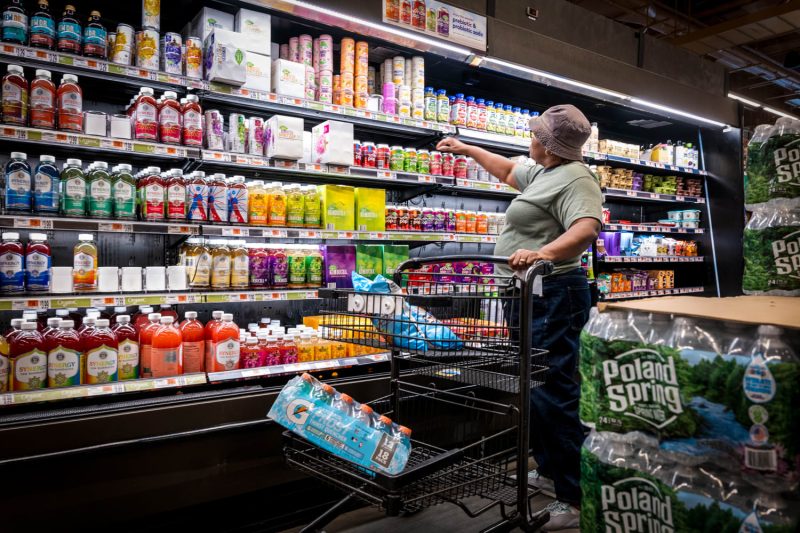
From Price Surges to Shopping Strategies: Navigating the New Grocery Landscape
The volatility of grocery prices in recent times has left consumers feeling uncertain about how to effectively manage their household budgets. The rollercoaster ride of surging prices followed by seeming stability has created a sense of apprehension among shoppers, as they struggle to adapt to this new normal. However, despite the initial shock and heightened concerns, many consumers have found ways to navigate these challenges and make informed decisions when it comes to their grocery purchases.
One key strategy that shoppers have employed to cope with the fluctuating prices is to be more discerning when it comes to their grocery choices. By carefully planning their meals and shopping lists, consumers can prioritize essential items while being more flexible with their discretionary purchases. This shift towards mindful consumption not only helps consumers stay within budget but also promotes a healthier and more sustainable approach to food shopping.
Moreover, the rise of online grocery shopping has revolutionized the way consumers can access and compare prices across different retailers. This digital convenience enables shoppers to make more informed decisions based on price comparisons, discounts, and promotions, ultimately empowering them to stretch their grocery budget further.
Another trend that has emerged in response to the uncertainty surrounding grocery prices is the increasing popularity of meal preparation and batch cooking. By planning and preparing meals in advance, consumers can make the most of cost-effective ingredients, minimize food waste, and streamline their grocery expenses. This proactive approach not only saves time and money but also promotes healthier eating habits and reduces the stress associated with last-minute meal planning.
Additionally, consumers are becoming more open to exploring alternative shopping options such as local farmers’ markets, co-ops, and community-supported agriculture (CSA) programs. These avenues not only provide fresher and more sustainably sourced produce but also offer consumers a way to support local growers and reduce their carbon footprint. By diversifying their shopping habits, consumers can tap into a more resilient and adaptable food supply chain while experiencing the satisfaction of contributing to their local economy.
In conclusion, while the uncertainty surrounding grocery prices may have initially thrown consumers off balance, there are proactive strategies and innovative solutions that can help them navigate these challenges with confidence and resilience. By adopting a mindful approach to shopping, leveraging digital tools for price comparison, embracing meal preparation techniques, and exploring alternative shopping options, consumers can not only weather the fluctuations in prices but also cultivate a more sustainable and mindful relationship with food. As consumers continue to adapt and evolve in response to these changing dynamics, they hold the power to shape a more resilient and conscientious food landscape for themselves and future generations.
